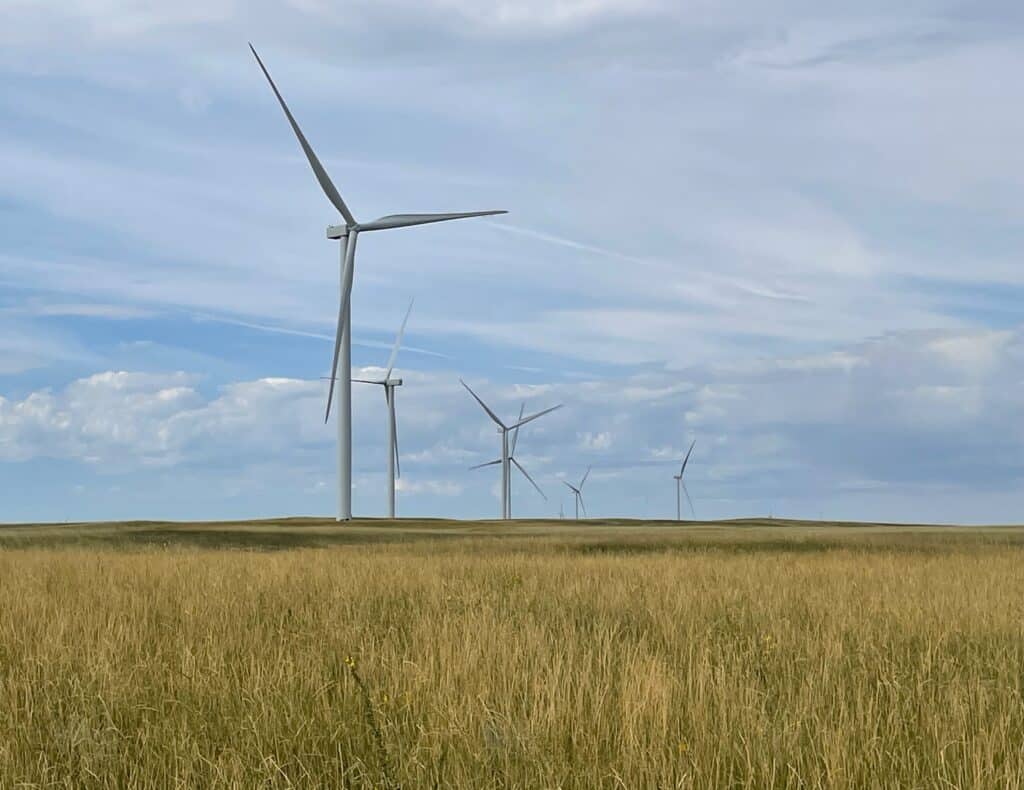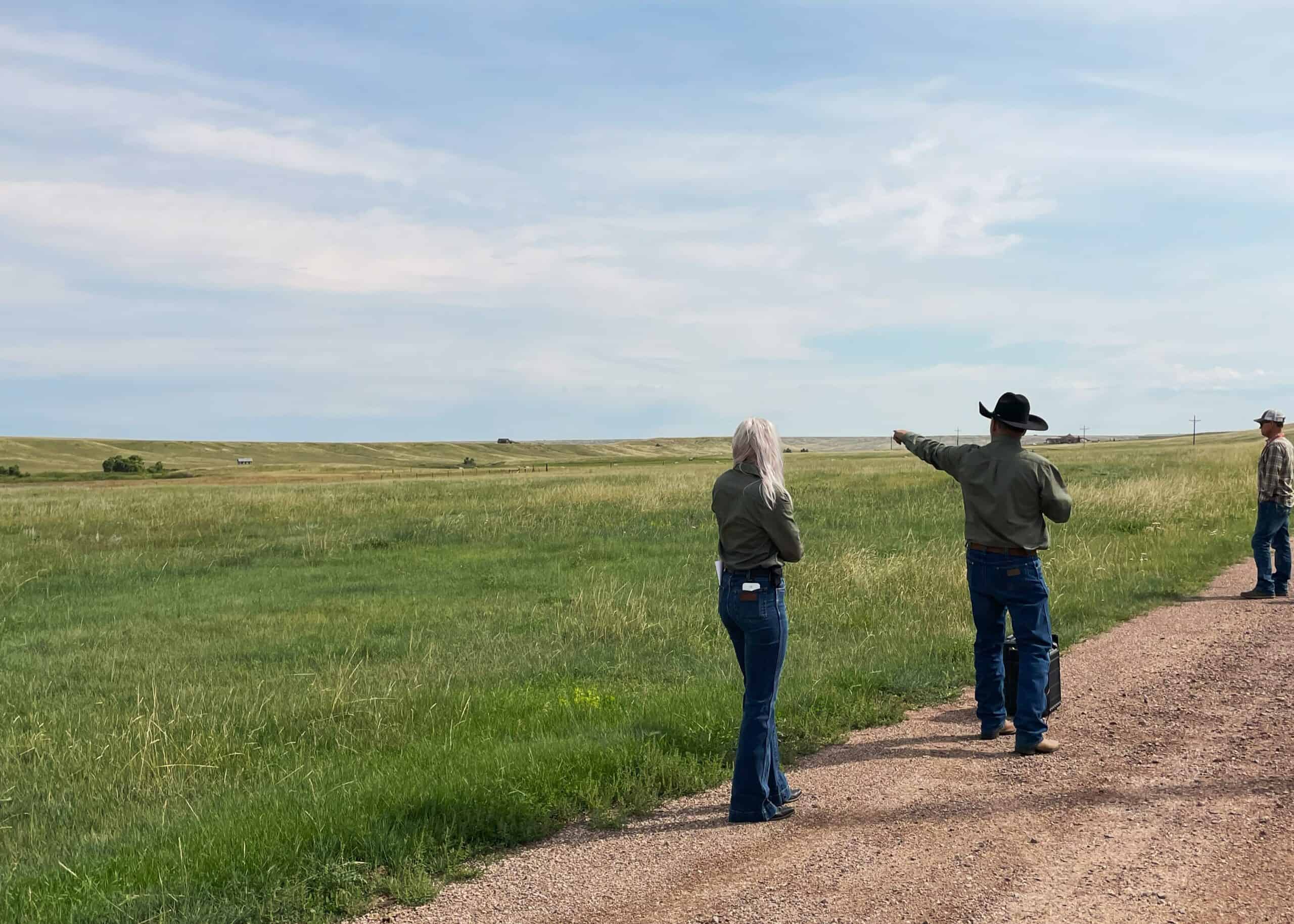On a cool, rainy day in August, roughly 300 people from across the continent converged in Cheyenne, Wyoming, the ancestral homelands of the Cheyenne, Arapahoe, Crow, and Shoshone people, to attend the 6th Biennial America’s Grassland Conference. Hosted by the National Wildlife Federation and the University of Wyoming, the conference emphasized connecting both people and place through its theme: Reconnecting America’s Grasslands. With the myriad threats facing this ecosystem, the timing was ripe to reconvene the people living and working in the grasslands after several years apart to tackle the challenge of reconnecting grassland landscapes across the continent. NGPJV staff and partners joined the throng of professionals and private landowners from Mexico, Canada, the United States, and multiple Native Nations to learn, share, innovate, and connect.

Keynote speakers opened the conference by celebrating the role of ranching in grassland conservation. Local rancher, Mark Eisele, hosted a field tour highlighting decision-making approaches, management strategies, and partnerships used to manage their complex and variable ranch. Eisele described how the family almost lost the ranch twice, but through tenacity, planning, and a community-based approach they have maintained a sustainable operation at the perimeter of Wyoming’s largest city. Other field tours showcased grassland research and management, including a tour of Soapstone Prairie Natural Area, one of the area’s most pristine native grasslands. The Indigenous Kinship Circle hosted a conversation about developing a social working group for the central grasslands. Formal presentations covered a multitude of topics including community-based collaboratives, wildlife connectivity, grasslands ecology, indigenous stewardship, storytelling, policy, management, and much more. NGPJV staff presented on behalf of the JV8 Central Grasslands Conservation Initiative.
NGPJV staff and partners found the conference particularly compelling because ~75% of the Northern Great Plains is in grass, and grass-based agriculture is the main economic driver in the region. At the continental scale, the Northern Great Plains makes up only 12% of the central grasslands biome but contains 25% of the remaining core grasslands. The region also provides breeding habitat for five of the most imperiled grassland birds in North America. This makes the Northern Great Plains unequivocally one of the most important regions for conserving our continent’s grassland resources. Unfortunately, grassland loss in the region continues at over 200,000 acres per year while invasive species and development threaten the sustainability of the grasslands that remain. NGPJV partners are seeking innovative solutions that work locally but scale with regional and national efforts to address the magnitude of grassland loss and the conservation of birds that call the central grasslands home. America’s Grasslands Conference provided the forum to advance this important work.
The NGPJV partnership is working to catalyze and broaden our partnership to better leverage collective conservation efforts. We are supporting the development of new science and tools and integrating scientific information into local decision-making processes. We are also facilitating on-the-ground work by connecting partners and landowners with conservation programs, like the NGPJV’s Northern Grassland Restoration Incentive Program (N-GRIP). NGPJV staff and partners plan to use the networks established during the conference to continue guiding and informing policy and enhancing our collective understanding of the socio-economic drivers in the region. Reconnecting was the hallmark of this year’s conference, and much of the work in the grasslands over the coming years will be shaped by the connections and new ideas that were facilitated by this event.

